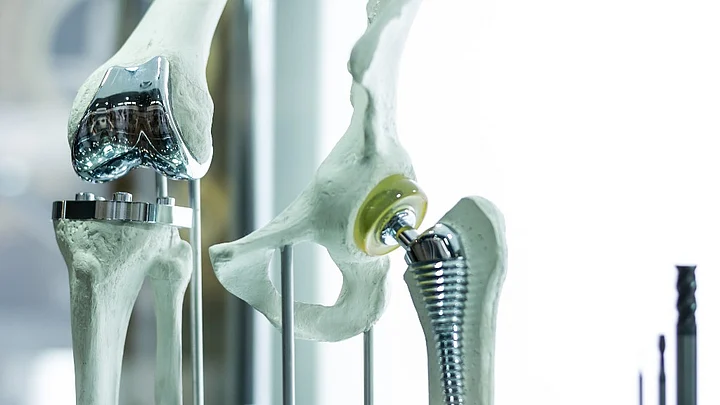Did you know that a syringe for which you pay Rs 10 costs the hospital Rs 4-5? Did you know that a knee implant for which a patient pays Rs 1,00,000 costs the hospital Rs 65,000?
“Hospitals are not retailers,” said the National Pharmaceutical Pricing Authority (NPPA), the government agency which has clamped down on the cost of cardiac stents. It added that hospitals are service providers which should charge for the procedure they’re doing and not earn profits on the medical devices they use.
However, it’s not just stents but an array of medical devices which are exorbitantly priced to the patients. The devices pass various hands right from import to finally the hospitals, and their prices increase at every stage.
From orthopaedic implants to eye lenses for cataract surgery to something as inexpensive as syringes and needles – these are given to patients after 400%-600% inflation of cost, says a medical supplier.
Speaking to The Quint, Bhupendra Singh, Chairman of NPPA, said:
We’re collecting data for other devices as well and will move forward strongly to deal with the situation.
How the Price Increases at Each Stage
Currently, the hospitals are calling the shots for what the prices will be for the patients and these are at an all-time high, Rajiv Nath, coordinator of Association of Indian Medical Device Industry (AIMED) told The Quint.
How the price increases at each stage is manifested by the detailed price list a leading orthopaedic implants supplier and manufacturer shared with us. The Managing Director of the company said that the price inflation from the import prices to the final cost to a patient is 400%-600%.
We compared the dealer (or distributor) price, sales price to hospitals and the MRP (hospitals’ price to patients) for the most widely-used knee and hip implants, and titanium plates.
The import prices are at least half the price the supplier or dealer buys it at. After keeping their share of profit, the supplier sells the devices to the private hospitals, who in turn charge the patients almost double of what they acquired it at.
The manufacturing price would again be lesser than the price at which they are imported.
A popular hip implant costs Rs 70,000 to the hospital and Rs 1,00,000 to the patient. A reality check with leading private hospitals Max and Fortis confirmed this MRP (the price hospitals charge the patient) for the implant.
‘No Regulation for Hospitals to Stop Overcharging’
Even after the suppliers cut their margins, there’s a drastic leap in price at the hospital level. This profiteering was slammed by NPPA, which said that “hospitals are service providers, not retailers” and hence can’t charge margins.
However, there is no regulation in place to keep a check on hospitals and stop this rampant practice in the health industry, says a senior doctor from administration at AIIMS.
Private hospitals charge as per their will as no one is looking. There is no regulation in place for them.Senior Doctor, Hospital Administration, AIIMS
After NPPA’s order capping the prices of cardiac stents, an artificial shortage of the device was reported. The agency has now invoked an emergency provision and directed the manufacturers to maintain the production and supply of stents.
But with a lack of provisions in the system presently, how the government plans to ensure that the hospitals follow the order and reduce the prices is unclear.
(At The Quint, we question everything. Play an active role in shaping our journalism by becoming a member today.)
